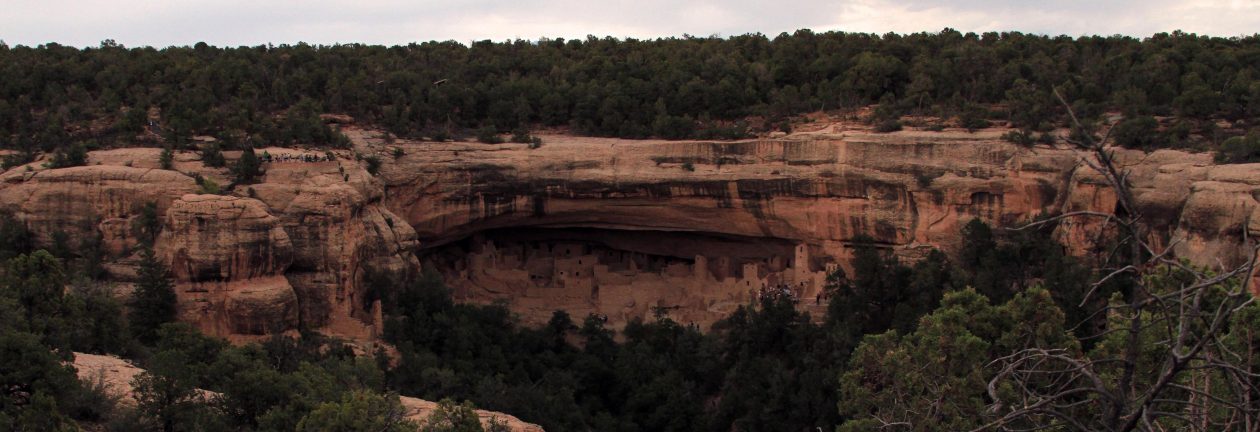Kutaisi, Georgia
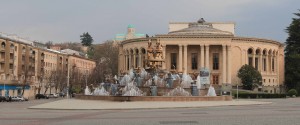
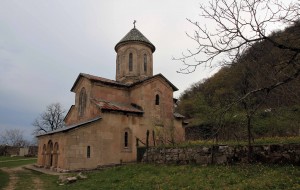
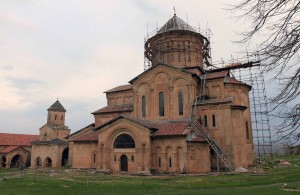
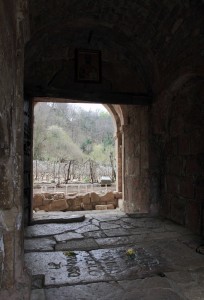
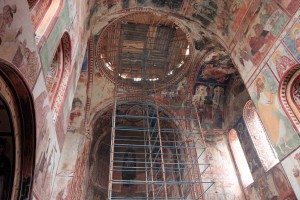
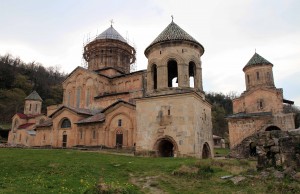
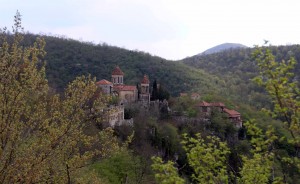
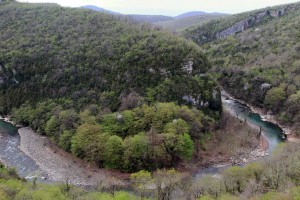
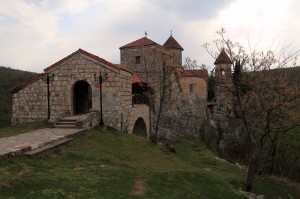
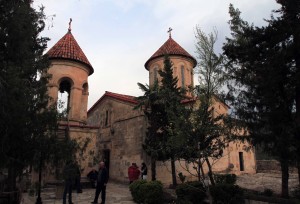
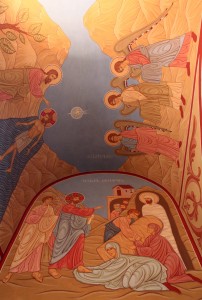
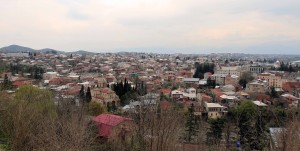
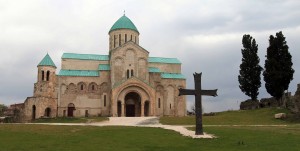
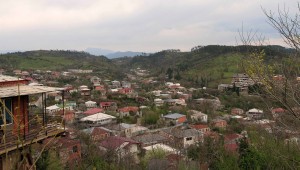
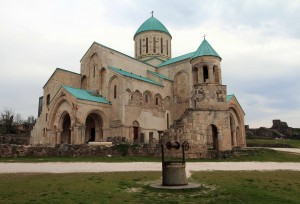
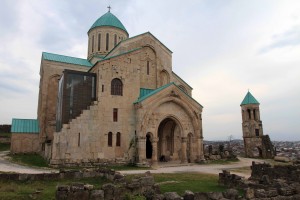
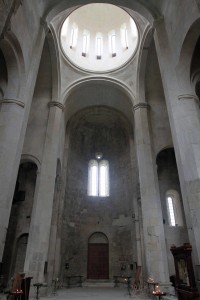

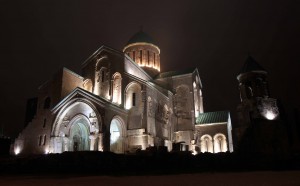
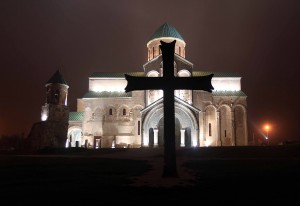
I woke up at nearly 09:00 and the Polish man greeted me with “Good Morning Vietnam!” I then got ready, said goodbye to the Ukrainian guy staying at the hostel and later to the Polish man and his niece, and then walked out of the hostel. I then walked to the theater in the old town and found a taxi to drive me to the two monasteries nearby. We settled on a price and I got in. First, we drove to the Gelati Monastery, which contains the Church of the Virgin founded by the King of Georgia, David the Builder, in 1106 AD, and the thirteenth-century AD churches of St. George and St. Nicholas; the monastery also had an academy and for a long time was one of the main intellectual and cultural centers of Georgia, even being called “a new Hellas” and “a second Athos;” lastly, the monastic complex contains the tomb of David the Builder, a king who is considered to be the greatest and most successful ruler in Georgian history. When we reached the monastery, I exited the taxi and entered inside the compound, walked around the Church of the Virgin, by the tomb of David the Builder, up the bell tower, and then inside the Church of the Virgin; inside the church, a Georgian Orthodox mass was being conducted and many parishioners were in attendance, standing around, and moving in and out of the church (there were no pews, nor the rigid formality of a Catholic mass); also, inside the church, the walls were covered in frescoes and was a beauty to behold. I stood inside and watched the mass for a while before exiting and continuing to explore the monastic grounds. Finally, when done, I returned to the taxi and the driver drove me to the nearby Motsameta Monastery, which is picturesquely situated at the edge of a cliff, by a bend in the Tskhastsitela River. The monastery was built in the eleventh-century AD and owes its name (which means “martyrdom”) to two brothers, Davit and Konstantin Mkheidze (dukes of Argveti), who died as heroes in a massacre by Arab forces during the eighth-century AD (there was even a fresco inside the church in the monastery depicting their execution with stones tied around their necks, just before they were thrown in the river). Also, the Tskhastsitela River’s name means “Red Water” and derives its name from the same Arab massacre. Once the taxi reached the entrance road to the monastery (on the other side of railroad tracks), the driver parked, and I got out; I then walked down the access road to Motsameta Monastery, passing through some woods and a cemetery, turning my head to watch an old Soviet-era locomotive pass behind me on the tracks, carrying three cars of lumber. I then reached the monastery at the edge of the cliff and walked around the church before entering inside; this church was also covered in frescoes, although, they looked recently painted or at least recently retouched compared to those found in the Gelati Monastery. As I was inside the church, mass was beginning, so I exited to leave the faithful in peace. I then finished up exploring the small monastery and said goodbye to three children who had been following me and shyly asking me questions in the very little English they knew. I then returned to the taxi and the driver returned me to the old town of Kutaisi. Once back in town, I walked to a restaurant and had a steak with a red wine sauce and grilled vegetables, as well as some beer. While in the restaurant, I ran in to the Polish man and his niece one last time as they sat down with some acquaintances. After lunch, I bought a bottle of Georgian red wine and then returned to the hostel briefly to drop off the bottle on my way up to the Bagrati Cathedral, which is very close to the hostel I’m staying at in Kutaisi. I then walked up the road to the top of Uk’imerioni Hill, where the cathedral stands, and entered inside its grounds. I walked around the cathedral, near the ruined walls, taking in the views of Kutaisi and the surrounding area. I then entered inside the cathedral, which was built in the early eleventh-century AD, but recently rebuilt in 2012 AD after sustaining heavy damage and deterioration caused by neglect for many years (this reconstruction was done against UNESCO’s wishes and one wonders whether it should’ve been left as ruins). After visiting the cathedral, I walked back down the road to the hostel, where I relaxed, drank the bottle of wine I had bought earlier (it was a dry red wine made from Aladasturi grapes and tasted of berries), and even had a short afternoon nap. I then woke up, typed away on the laptop for a while, met a new guest (another Ukrainian), and then, after 20:30, walked outside to eat dinner. I ended up at the same pub-restaurant I had eaten at my first night in Kutaisi and I had beer, bread, five meat filled dumplings (known as “khinkali”), and a steak with fries, peas, and corn. After dinner, I walked back to the hostel, buying some late night snacks (i.e. beer), and grabbed my tripod. I then walked back up to Bagrati Cathedral to take some photographs in the cloudy and cold night. I then returned to the warmth of the hostel and typed out some journal entries and consumed my snacks (i.e. beer) before eventually going to sleep (i.e. fall in to an alcohol-induced coma).
